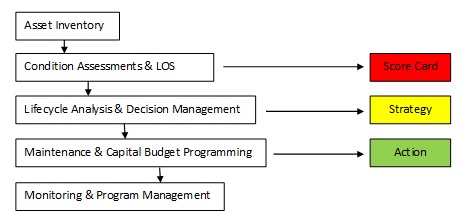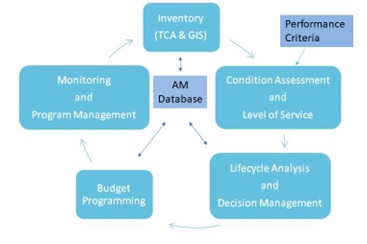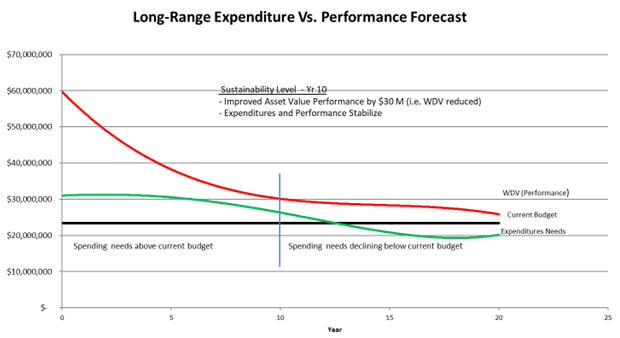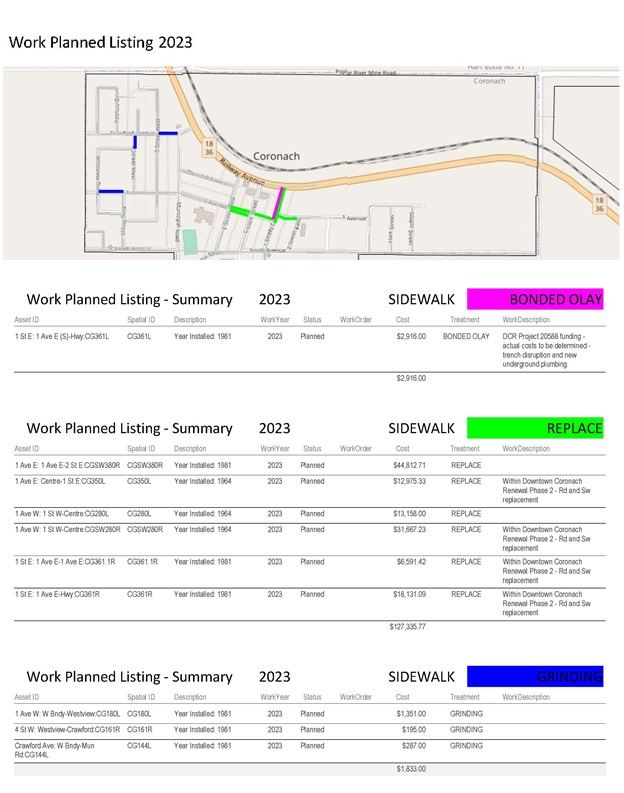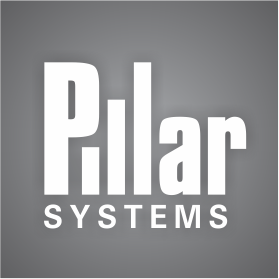Asset Management Process
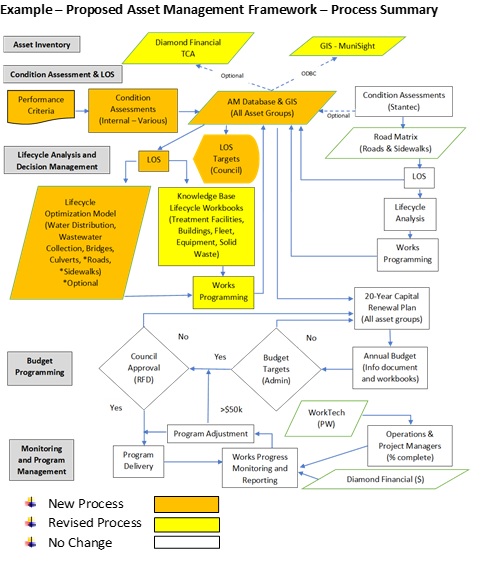
Strategic Framework and Systems Planning
We often come in at the strategic and conceptual planning stage by developing the asset management framework and implementation plan.
The approach we take begins by mapping out existing asset management related systems and processes.
We then meld new and revised systems and processes based on asset management best practices that will realize a positive net-financial benefit and infrastructure sustainability upon developing and implementing the asset management program.
The approach we take is based around developing a unique program around five-core asset management phases. The approach we take is an evolution from the Canadian NRC/FCM “Best Practices for Sustainable Infrastructure (Infraguide)".
